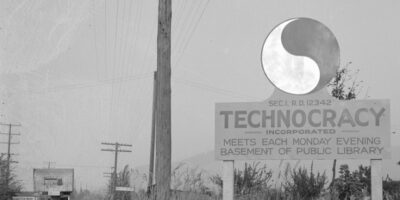Ukraine, a member of the former Soviet Union, is a country that is torn between its Russian-influenced past and its European Union neighbors. Many young people, and those of western Ukraine, want to leave its former ties to Russia behind and join the EU and the democratic world. They are refusing an oligarchic, Russian-influenced government where much of the nation’s powers lies in the hands of a few. However, there are some, especially among older Ukrainians, that support stronger ties to Russia, including Ukrainian President Viktor Yanukovych.
Last November, Yanukovych halted preparation for a trade deal with the EU. This decision was criticized by opposition leaders as well as members of the public. Many had seen this trade deal with the EU opportunity as a step in the right direction towards democracy in Ukraine. However, Ukraine has been under pressure from Russia not to join the trade deal. Instead, Russian President Vladimir Putin wants Ukraine to join its own union with Kazakhstan and Belarus– a union that critics compare to the Soviet Union. Yanukovych’s decision infuriated many Ukrainians and sparked protests of upwards of 350 000 people.
In December, to much criticism, Vladimir Putin attempted to sway Ukraine from reaching a deal with the EU by offering to buy billions of dollars’ worth of government bonds, as well as providing Ukraine with a large discount on Russian natural gas. Although Putin did state that the assistance was not “tied to any conditions,” many wondered what Yanukovych was offering Russian in return. Opposition leaders believed that the President had “pawned whole sectors” of the country’s economy to Russia. The mass protests and demonstrations continued, but this time, with the additional note of calling on President Yanukovych to resign.
In January, in a decision that alarmed much of the Western World, the Ukrainian government passed an anti-protest bill. This bill banned many protest-related actions including unauthorized installation of tents, amplifiers or stages in public places, and could send people to jail for up to a year for slandering government officials.
What is unsettling is the way that this bill was passed– by a show of hands as opposed to the conventional electronic voting system. Once the pro-presidential candidates realized that they may not have had enough votes to pass the bill, they required Ukraine’s Members of Parliament to vote on the bill by a show of hands. If you have taken an introductory psychology course, you may have made the connection that this voting tactic is used to promote normative conformity, and may not represent the true opinions of government officials. Ironically, this new bill sparked even more riots and clashes with the police, as the people of Ukraine saw that the government was abusing its power. Unfortunately, it was also in January that the first two fatalities from the protests occurred. The two deaths were caused by bullet wounds, although Prime Minister Mykola Azarov claimed that police were not carrying live ammunition.
Two weeks later, Mykola Arazov announced his resignation as a sign of “social and political compromise,” soon after the anti-protest bill was annulled.
By early February, the Ukrainian government offered amnesty to protesters if they stopped occupying government buildings. Many complied, but some radical protesters did not trust the government and stated that they would not end their occupation because “Yanukovych will take other [protesters] hostage. We can’t beat a retreat. Otherwise we will all go to prison.” On the 18th of February, opposition leaders were to try to limit the president’s powers to that of the 2004 constitution.
On February 18th, Yanukovych’s supporters prevented opposition leaders from reducing presidential powers, saying that they needed more time to make the decision. Although it is unclear which side sparked the riots on February 18th, the death toll on both sides has risen to at least 24. The EU, along with Canada and the United States, are now considering imposing sanctions on Ukraine.







Leave a Reply